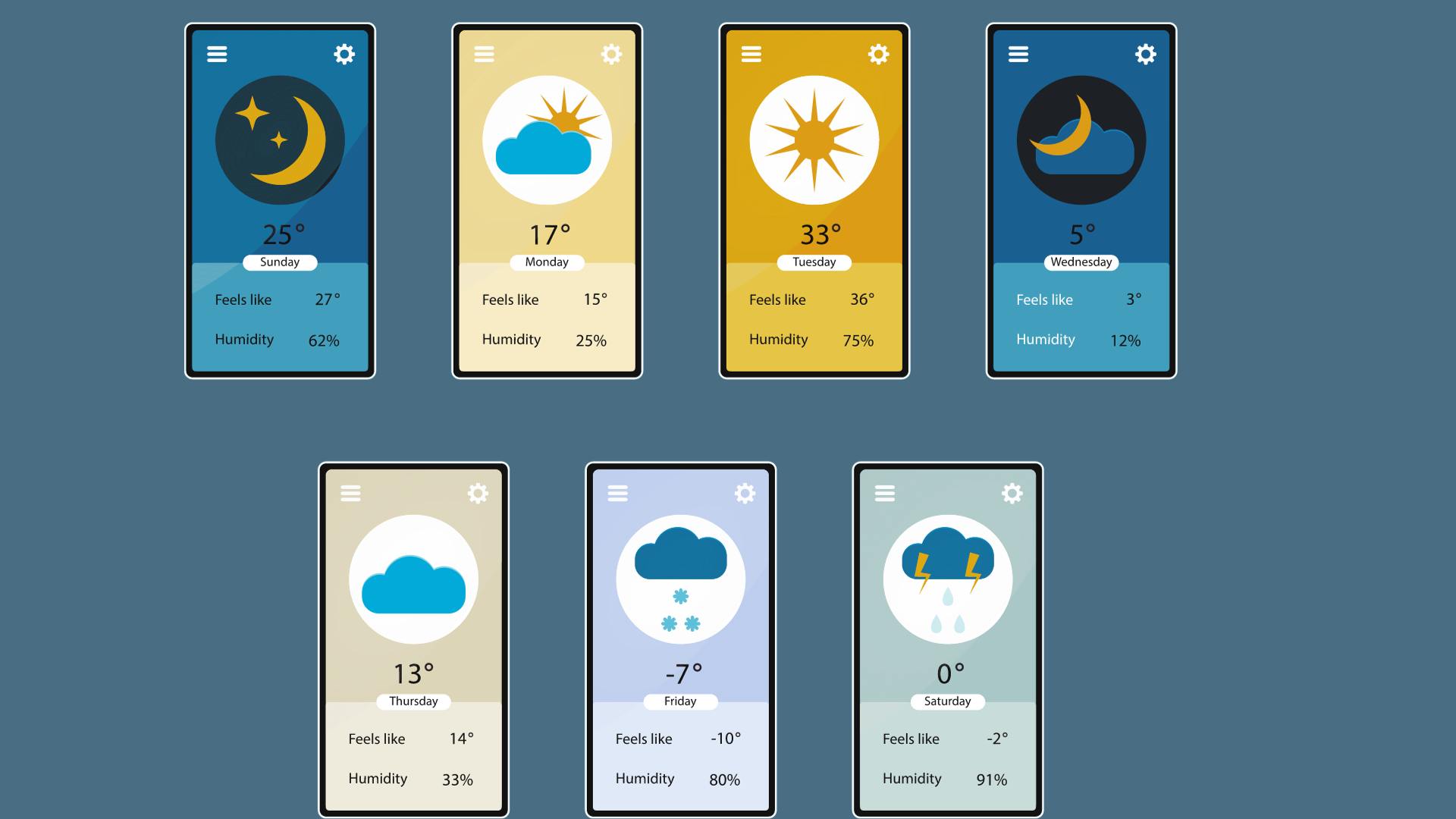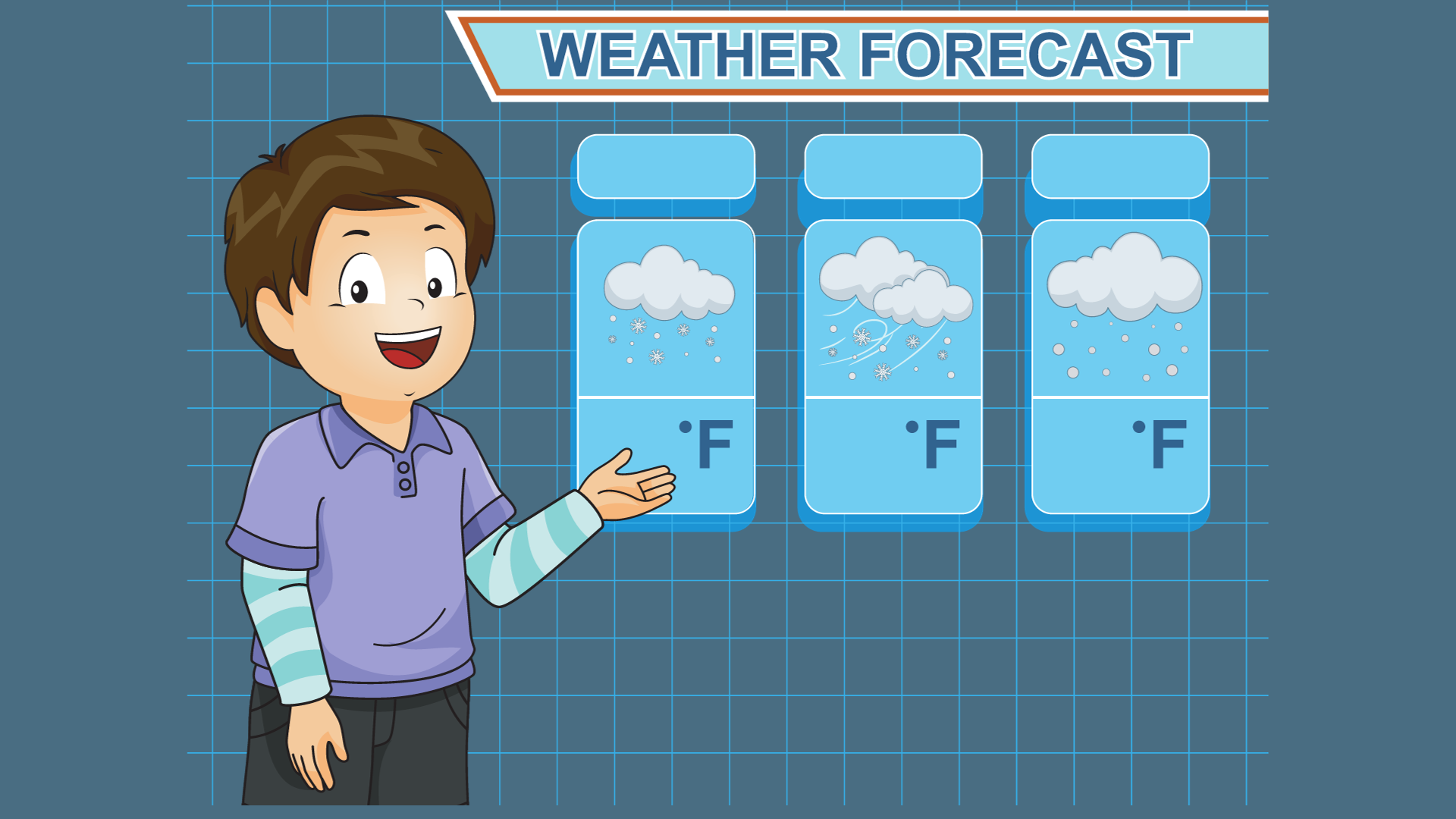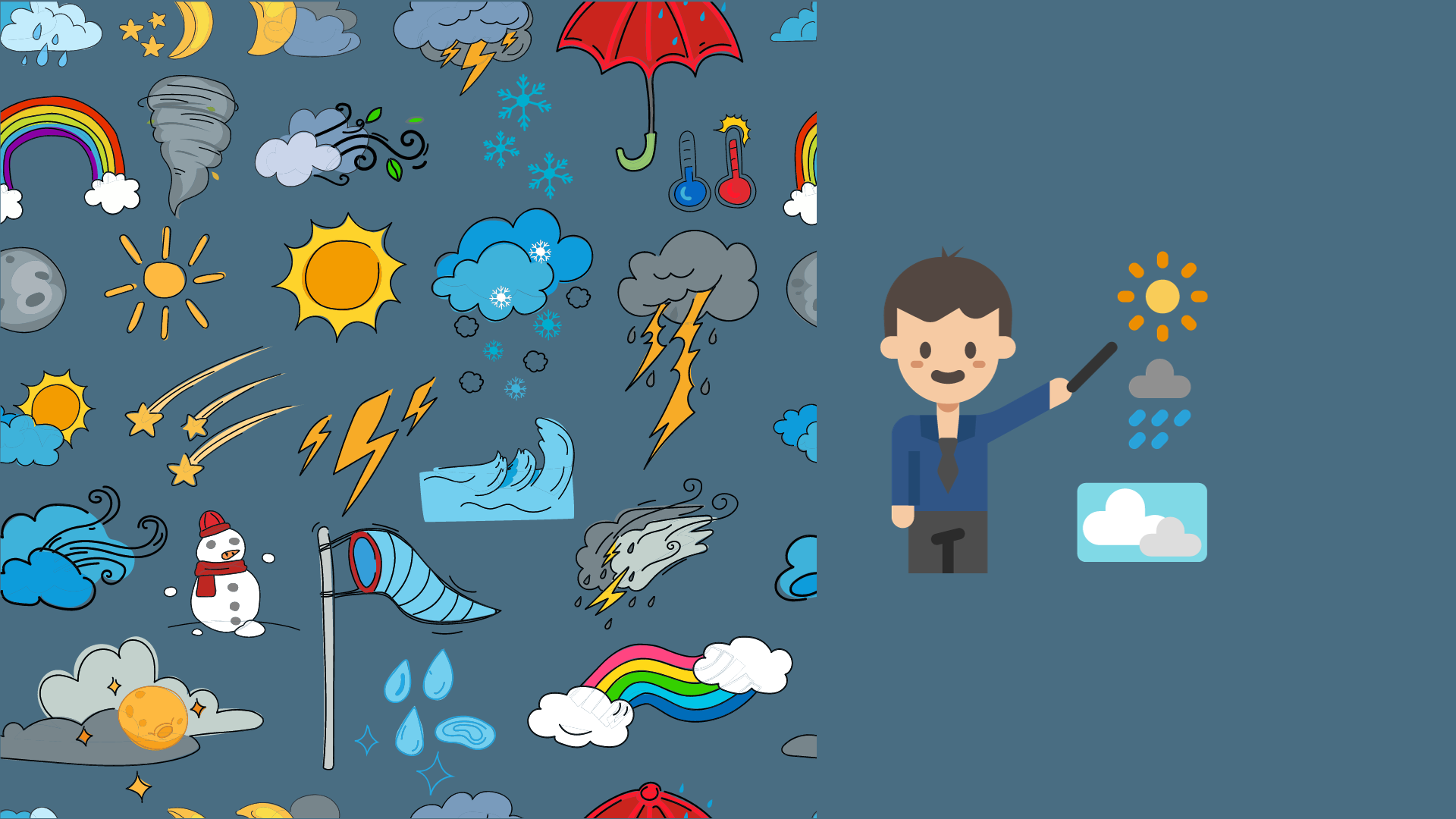The weather has a significant impact on business operations, from event management to travel planning. However, having a constant insight into current and future weather conditions helps make informed decisions. But how can one know the current and future weather conditions in real-time? It is none other than leveraging the best weather API! But, how can developers integrate a weather API?
With numerous weather data APIs available, each API offers distinct features and documentation. Therefore, integrating them effectively presents a challenge for developers.
This article presents 10 best practices and integration tips to help developers navigate this process and create optimized weather applications. Keep reading to discover these tips and elevate your weather app development efforts.
Table of Contents
Introduction to Weather APIs
Weather API acts as an intermediatory that provides weather data from multiple sources. The API requests data from meteorological stations, radars, satellites, and other sources to give insights into comprehensive weather details in XML or JSON format.
What Benefits do Weather APIs bring to App Development Projects?
Weather APIs help developers to integrate weather information into their applications. As a result, the API for weather also offers users valuable insights for decision-making. Moreover, these APIs provide a layer of personalization to applications and enable developers to produce content and features based on forecasted weather conditions. It enhances the overall user experience and helps them optimize their operations through real-time updates.

Here are some of the benefits that Best Weather APIs bring to the App development.
- Weather APIs provide developers with access to a continuous stream of real-time and accurate weather data.
- Real-time weather information leads developers to provide real-time updates based on weather events, such as recommending weather-related activities or clothing choices.
- Weather APIs offer pre-built functionalities that developers can integrate into their applications without developing them individually.
- Some Weather APIs allow for user location data to be incorporated into websites. It streamlines the delivery of hyper-local weather forecasts and provides a more satisfying user experience and increased user retention.
What are the Key Features to Look for in a Best Weather API?
The following are the key features that one should look for in the best weather API:
- Accuracy and Reliability: The API should return accurate and reliable real-time weather forecasts and data.
- Geographical Coverage: Ensure that the API gives geographical coverage relevant to your application.
- API Rate Limits and Pricing: Find out the API rate limits, usually in terms of requests per minute or day, and pricing. You should also ensure flexibility in plan upgrades.
- Documentation and Support: Check if the API provider includes support options, documentation, and community forums to ease the API integration process for developers.
- Data Format: You should make sure that the API returns data in a format compatible with your application, such as JSON or XML.
- Source and Refresh Rate of Data: You should assess how often the data is updated and sourced from national meteorological agencies, satellites, or weather stations.
What Are the Best Practices for using Weather Data APIs?
Now that you have learned about the importance of weather data let’s take a step forward. Here are the best practices for weather data integration.
Data Retrieval
It is important to adopt optimal data retrieval methods for efficient app performance. Weather APIs, including Weatherstack, offer various endpoints for Current Conditions, Forecasts, and Historical data. Choosing the appropriate endpoints based on our application’s requirements is always important. This helps ensure efficient data retrieval.
Data Processing and Analysis
Processing and analyzing weather data require thoughtful consideration. For this purpose, we can employ the following techniques such as Data filtering, Aggregation and Trend analysis techniques. These techniques will help us to transform raw weather data into actionable insights. This enhances the application’s ability to provide meaningful information to users.
Error Handling
Looking for reliable weather data? Don’t forget to implement error handling. Effective error handling is crucial to ensure the reliability of weather data integration. Applications should be equipped to handle errors gracefully. As a result, we can provide users with informative messages in case of issues like invalid queries or API disruptions.
Data Security
Weather data can also be sensitive information. Therefore, it requires robust security measures. Hence, we must prioritize data encryption, secure transmission, and access control mechanisms. These measures help us protect weather-related information within our applications.
Performance Optimization
Optimizing API performance is a major factor contributing to a seamless user experience. For this purpose, you may adopt the following techniques such as Caching, Asynchronous requests, and Data compression. These techniques can enhance the efficiency of weather data retrieval and improve overall application performance.

What Are Integration Tips for Weatherstack and Similar APIs?
Here are some useful integration tips with Weatherstack and similar APIs.
API Key Management
Storing your API key in secure variables in the code is important. It will prevent the API key from unauthorized access. You may also keep it in a separate file. Weatherstack, like many other APIs, provides unique keys for authentication. It’s crucial to implement best practices in key management.
Request Optimization
We can optimize API requests by retrieving only the necessary data and minimizing redundant calls. This technique helps enhance the performance. Weatherstack’s documentation provides insights into optimizing requests for efficiency. As a result, it also allows developers to tailor queries to their specific needs.
Data Presentation
Effective presentation of weather information is key to user engagement. This is something that developers should always pay attention to. Create beautiful weather widgets that show detailed weather data.
Moreover, we should consider visualizing data through charts, graphs, or interactive maps. These will help us to convey information in an easily understandable and visually appealing format.
Historical Data Usage
Using historical weather data opens up opportunities for various applications. These applications can range from climate analysis to trend prediction. We can explore past weather conditions using Weatherstack’s historical data endpoints for specific dates and locations.
Here is the endpoint for that:
https://api.weatherstack.com/historical
? access_key = YOUR_ACCESS_KEY
& query = New York
& historical_date = 2015-01-21
& hourly = 1Geolocation and Weather Integration
Integrating geolocation with weather data ensures accurate and location-specific results. Interestingly, Weatherstack supports geolocation-based queries. As a result, it enables developers to provide users with weather information for specific locations.

How are Weather Data APIs Effectively used in Real-World Applications?
Here are some real-world applications using weather data APIs:
- Precision Agriculture: Weather data empowers farmers to optimize irrigation schedules, manage crops effectively, and predict potential weather risks.
- Delivery and Logistics: Logistics companies leverage weather data to reroute shipments around adverse weather events, optimize delivery schedules, and enhance overall delivery efficiency.
- Travel Planning Apps: Travelers benefit from real-time weather updates integrated into travel planning applications. This allows them to make informed decisions about their itinerary based on weather conditions at their destination and avoid potential travel disruptions.
- Renewable Energy Management: Energy management applications utilize weather data to adjust energy production based on weather forecasts, optimizing efficiency and grid stability.
- Event Planning: Event planners rely on weather data to make informed decisions about scheduling outdoor events.
- Sports and Activity Apps: Athletes and fitness enthusiasts utilize weather data integrated within sports and activity apps to plan outdoor activities based on real-time weather conditions.
These are just a few of the daily-life applications. You may find many more around you. The reason behind this versatility is the impact of weather data on our daily decisions.

Empower Your Development: Reliable Weather API For Developers!
Developers can now empower app development with the best Weather API and deliver weather insights to enhance user experiences. It enables users to plan trips, schedule deliveries, and get themselves prepared for seasonal changes. The developers can start integrating the best weather API today and stay ahead of the competition in the evolving world of digital innovation. The Weatherstack API is available on marketplaces such as APILayer. You can integrate the Weather API as a breeze with well-documented documentation and responsive developer support.
Conclusion
Weather APIs are fundamental in shaping the future landscape of app development. Beyond merely delivering weather updates, these APIs have profoundly enhanced user experiences and operational efficiencies. In the travel and tourism sector, real-time weather data informs itinerary planning and enhances traveler safety. In agriculture, it aids in optimizing crop management and water usage based on weather patterns.
Therefore, developers can utilize the best weather APIs such as Weatherstack seamlessly into applications. By harnessing the power of Weatherstack API, developers can create impactful applications that will meet user needs and drive business growth.
Get the most accurate weather information today – Sign up for Weatherstack now!
FAQs
How can developers integrate Weather APIs into their applications?
Developers can integrate the weather API by firstly signing up the account to acquire credentials for authentication. Then, review the API documentation and implement the code in your desired language, and retrieve weather data into the application.
Learn more about Integrating Real Time Weather Data with a Weather REST API.
How can developers handle errors and exceptions when using Weather APIs?
Developers can handle errors and exceptions when using Weather APIs with try-catch blocks for transient errors and ensuring clarity in error messaging.
Do Weather APIs offer support or documentation for developers?
Yes, many weather APIs, including Weatherstack, offer support and documentation to ease the integration process for developers.
How can developers manage API dependencies and versioning when using Weather APIs?
The developers can manage API dependencies and versioning by utilizing tools that allow them to specify the required version of the Weather API library or SDK in their project configuration files.
How can developers optimize retrieval strategies when using Weather APIs?
The developers can optimize retrieval strategies by batching multiple queries into a single request. It reduces overheads and improves efficiency while fetching data from multiple locations.


